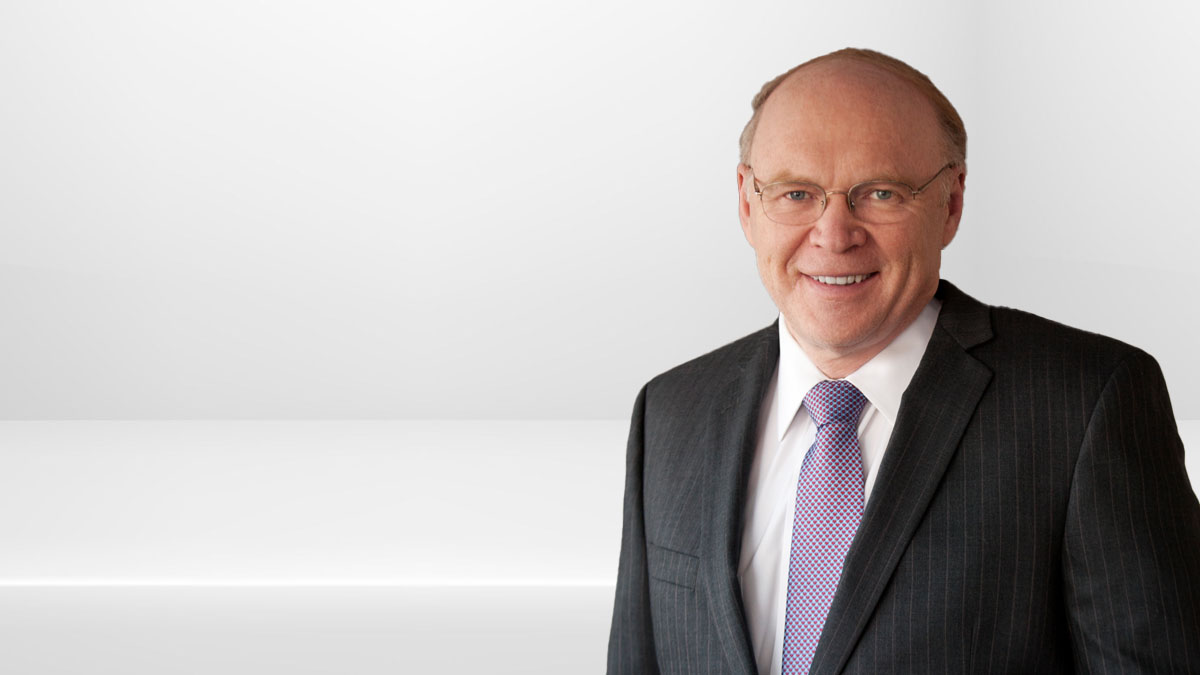A Year of Excellent Outcomes

Caring for life, researching for health, educating those who serve. This is the mission of Cleveland Clinic. Lars Svensson, MD, PhD, Chief, Cleveland Clinic Sydell and Arnold Miller Family Heart, Vascular & Thoracic Institute, highlights outcomes and how the Heart, Vascular & Thoracic Institute exemplifies this mission.
Subscribe: Apple Podcasts | Podcast Addict | Buzzsprout | Spotify
A Year of Excellent Outcomes
Podcast Transcript
Announcer:
Welcome to Cleveland Clinic Cardiac Consult, brought to you by the Sydell and Arnold Miller Family Heart, Vascular & Thoracic Institute (HVTI) at Cleveland Clinic.
Lars Svensson, MD, PhD:
Hello, my fellow colleagues in cardiovascular treatment of disease related to the heart and vascular system. It's my privilege to chat to you about what we've been doing in HVTI here at the Cleveland Clinic, I'm the Chief of the Heart and Vascular and Thoracic Institute. So we continue to do very well on our quality outcomes. As many of you may have seen, we again got national recognition for the great outcomes here at HVTI at the Cleveland Clinic. Our volumes continue to grow. Last year we did over 5,000 heart operations. This year, we'll be close to just under 6,000 heart operations. And then on top of that, we run about 700 TAVRs a year. Our mitral valve clip volume is growing. Our cardiac cath and electrophysiology numbers and vascular surgery numbers continue to grow. We are also very proud of the fact that we've done over four and a half thousand mitral valve repairs now without a death, and most of those are done nowadays with a robot, so less invasive, quicker recovery for patients and great outcomes.
We do about 3,200 aortic valves a year, and we continue to have superb outcomes. For the TAVRs, the mortality rate runs anywhere from 0.3 to 0.6% mortality, and for aortic valve replacement, isolated aortic valves, we often have no deaths on an annual basis. We also do a lot more complex valve procedures, including bicuspid valve repairs, particularly important in young patients, and a lot of re-implantations of the aortic valve for patients with connective tissue disorders and large roots, and my own series of over 550 re-implantation operations, we fortunately haven't lost a patient. We continue also to do a lot more complex surgery with backup with Impella and ECMO and various other devices. So if you have patients who appear to be at the last stage of any options for cardiac surgery, please consider us as a potential source for a second opinion for your patients, and we'd be happy to provide that for you.
In addition, we publish a lot on our outcomes and what we're doing in research. In the first six months of this year, we produced 531 publications from HVTI, and our target this year is to do over a thousand. I hope you've seen the many great publications from our team that have been made available. This is part of our altruistic mission and sharing what we believe is helpful for all patients with cardiovascular disease. So when it comes to our outcomes, our comparisons to the STS data show that we run a 0.3 to 0.2 observed to expected mortality risk for STS category operations. In other words, patients who come here are three times more likely to survive than the average outcomes across the United States, and for all the STS categories, we are a three-star program, not only for all the cardiac surgery operations, but also for TAVR and also the thoracic and esophageal operations. So we're very proud of our team doing a great job in that area.
I think it's also important to emphasize the new data coming out showing better survival for patients with earlier referrals. I think you're all aware about the better results with mitral valve repair before patients develop severe left ventricular dysfunction, or for that matter, atrial fibrillation. Similarly, for aortic valves, particularly aortic valve regurgitation, there's now good data that early intervention results in better long-term survival in that group of patients, and then also for patients with enlarged aortic roots and regurgitation of the aortic valve, we have good data to show that earlier referral results in a higher likelihood of us being able to do a re-implantation and keep the patient's valve.
Last year also we were the biggest center by volume for LVADs, and also one of the largest number of patients treated for heart failure, both LVADs and heart transplants, and the results are superb with excellent long-term outcomes for those group of patients. In addition, with our Florida facility, we have the option to double list patients for heart transplants, not only here at main campus in Cleveland, but also in Florida.
We very much value your confidence in us, and we continue to look forward to helping you with your patient care and if you should need a opinion or input, we are always happy to give you input on what we think would be the best treatment for your patients. You'll see the various numbers that are available for contacting us. You're always welcome to call. Thank you for listening to this message.
Announcer:
Thank you for listening. We hope you enjoyed the podcast. We welcome your comments and feedback. Please contact us at heart@ccf.org. Like what you heard? Subscribe wherever you get your podcasts, or listen at clevelandclinic.org/cardiacconsultpodcast.

Cardiac Consult
A Cleveland Clinic podcast exploring heart, vascular and thoracic topics of interest to healthcare providers: medical and surgical treatments, diagnostic testing, medical conditions, and research, technology and practice issues.



